Do you know you can make homemade glue from milk? All you need is milk, white vinegar and baking soda. The vinegar is used to split milk into curds and whey.
This fun kitchen science experiment is very simple but requires adult help to heat the milk.
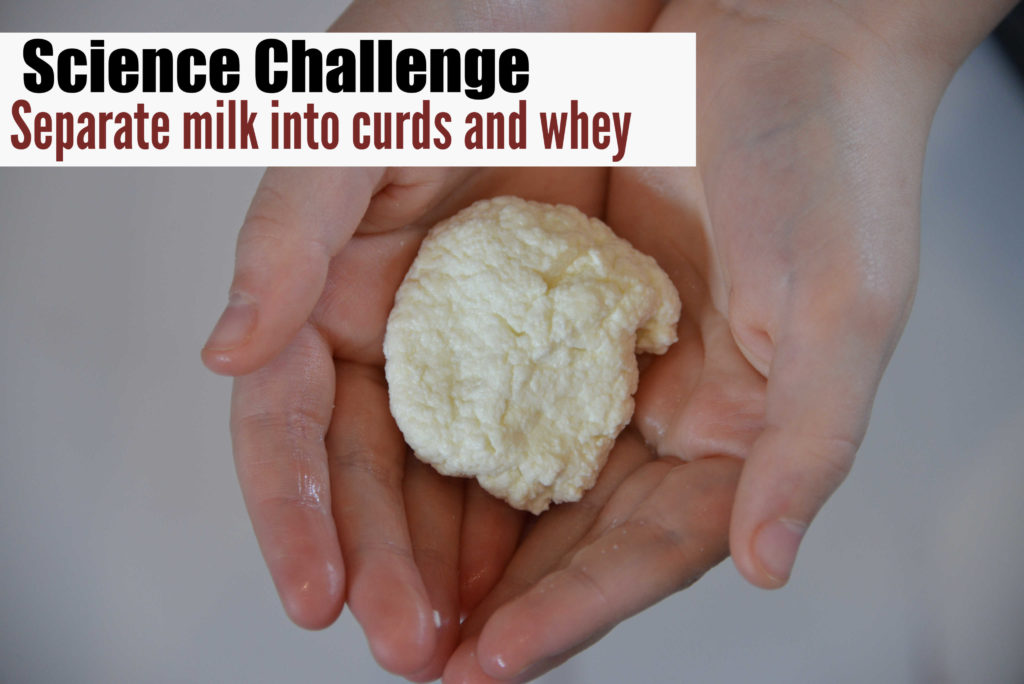
How to make glue from milk
What you need:
Milk
White vinegar
Baking soda ( bicarbonate of soda )
Pan
Water
Strainer
Make glue from milk
First, you need to split the milk into curds and whey.
- Heat 1 and a half cups of milk in a pan; once warm, add 3 teaspoons of white vinegar.
- Keep heating and stirring the mixture, and you should see the curds ( solid part ) and whey ( liquid part ) separate.
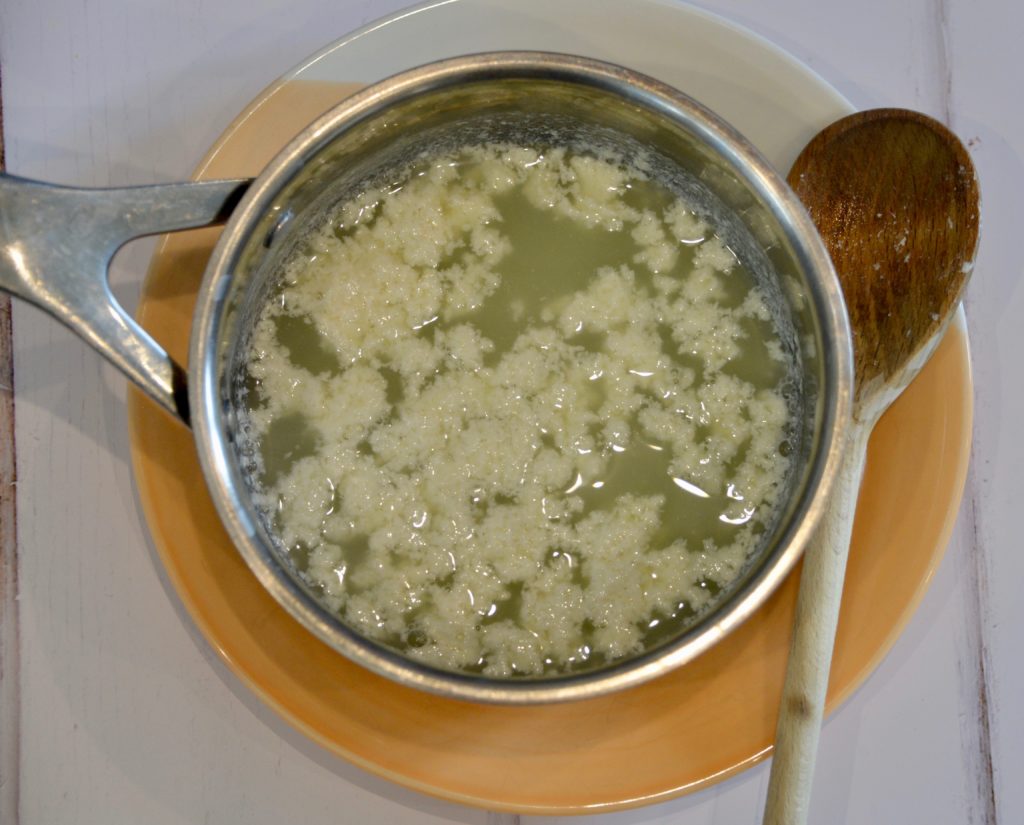
- Strain the mixture using a sieve. You should be left with solid lumps which can be moulded to make a ball. These are the curds.
- Place the solid mixture back in the pan and add a little water and a tablespoon of baking soda.
- Heat the mixture until it starts to bubble.
- Give the mixture a good stir and leave it to cool. You can now use it as glue. You might need to add a little more water or baking soda until you get the right consistency. It should look like a thick paste.
- I tested ours by sticking two egg boxes together ( both contain eggs, so they are heavy ). It worked!!!
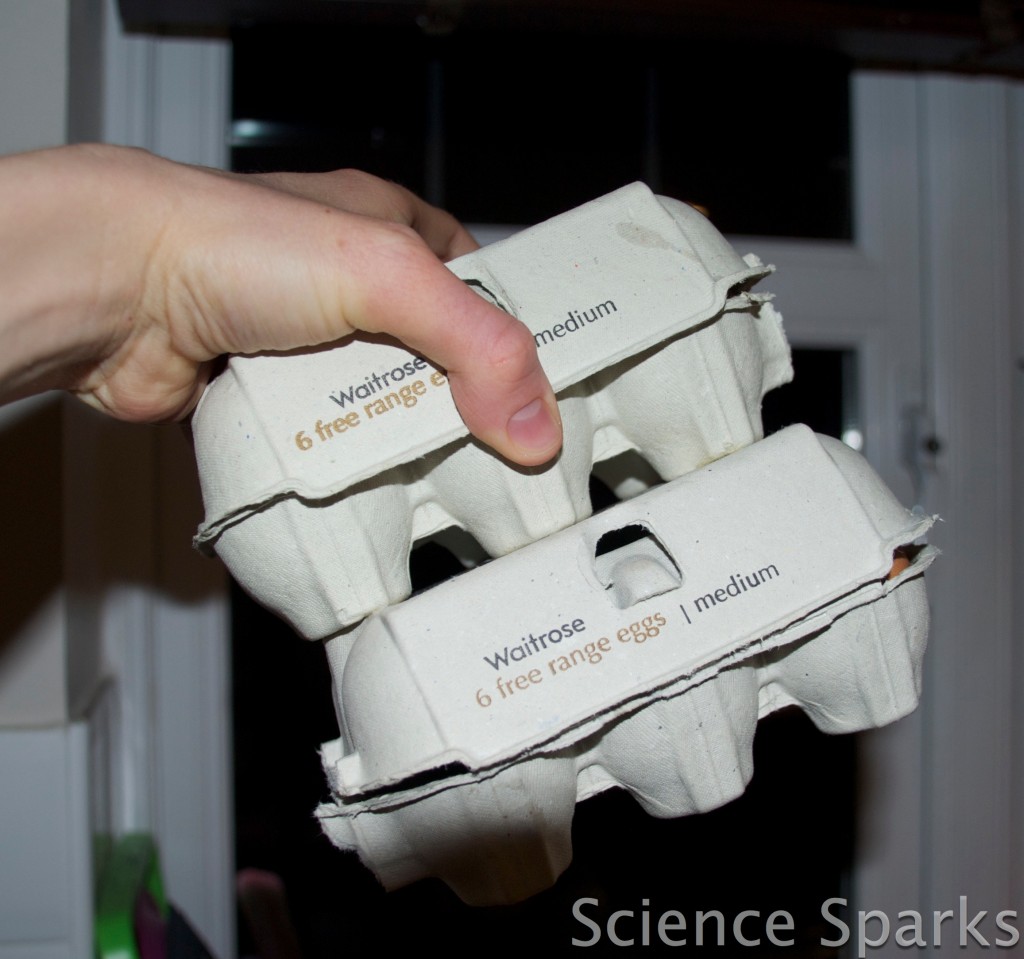
How can you make homemade glue from milk? Why does it work?
Here’s what happened to the milk. The vinegar creates a chemical reaction which makes the milk separate into two parts, a solid (the curds), and a liquid (the whey). The curds are milk protein, called casein. Liquid casein is a natural glue.
When you add the baking soda, it neutralises the vinegar ( which is acidic ). The bubbles are caused by carbon dioxide gas being given off as part of the reaction. The curds form a liquid again after being neutralised.
More science experiments using milk
Learn about emulsions with a colourful milk display made with milk and dish soap.
Curds can also be used to make small decorations. In the early 1900s milk was sometimes used to make buttons and other items! You can find out more about this in my book Gross Science!
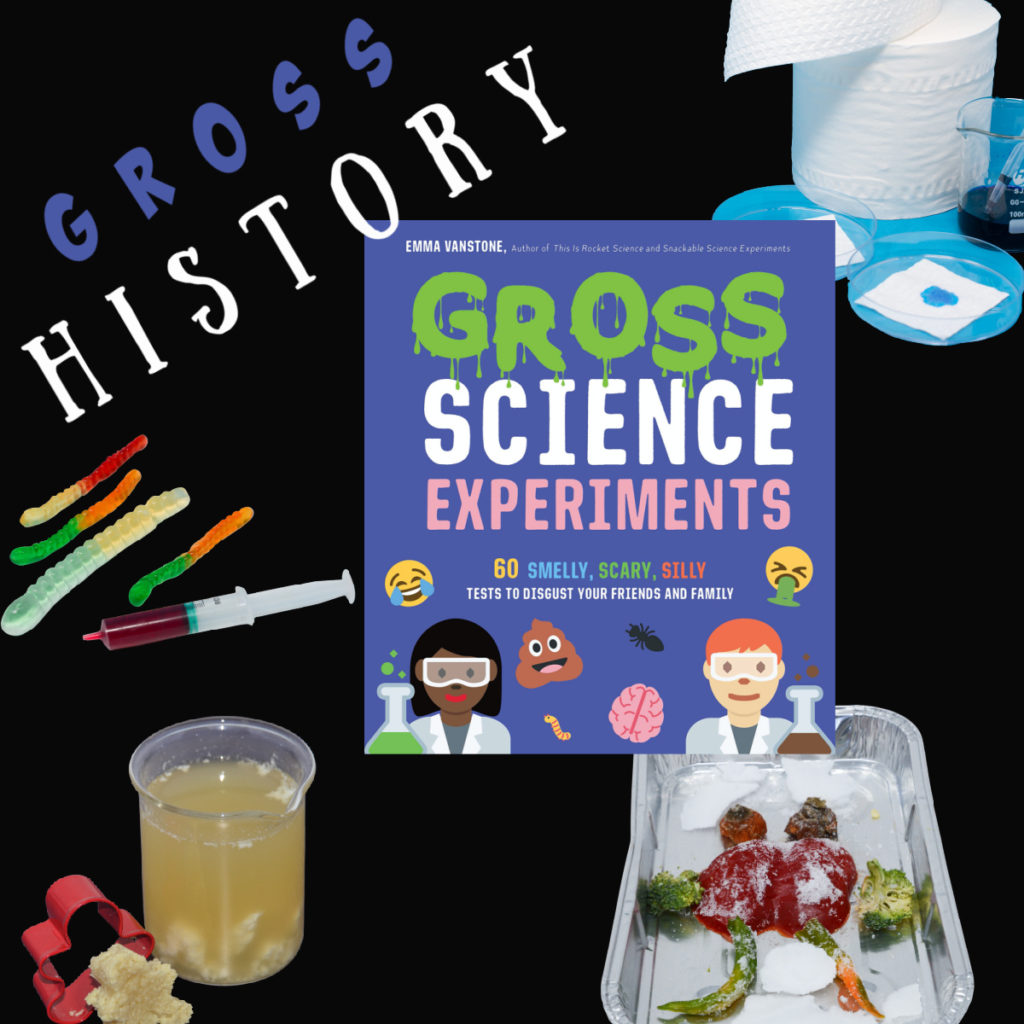
Last Updated on February 15, 2023 by Emma Vanstone
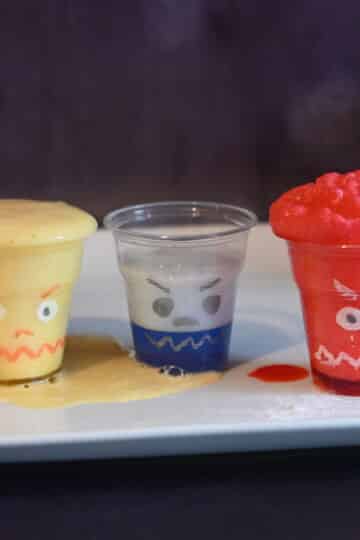
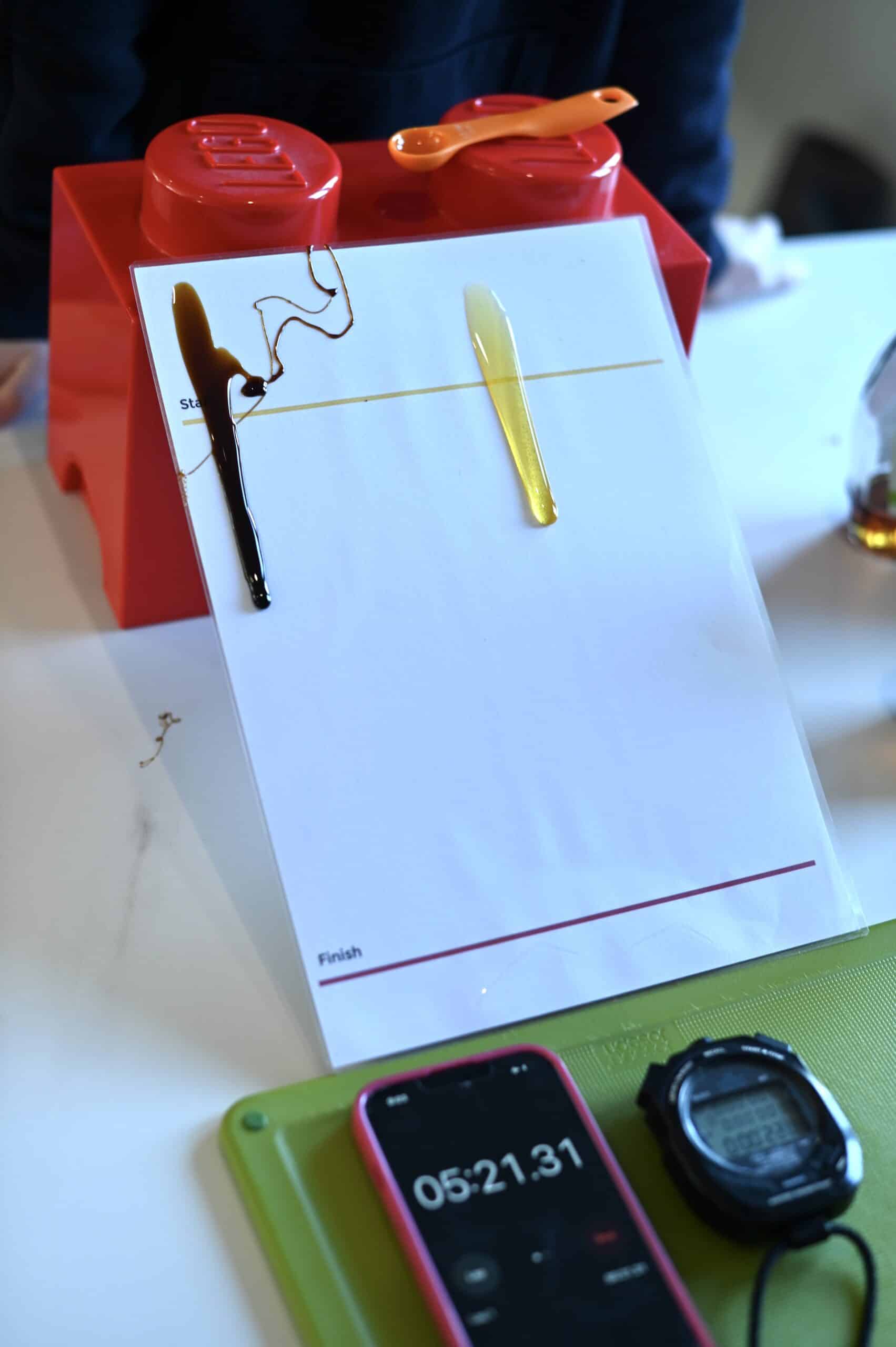
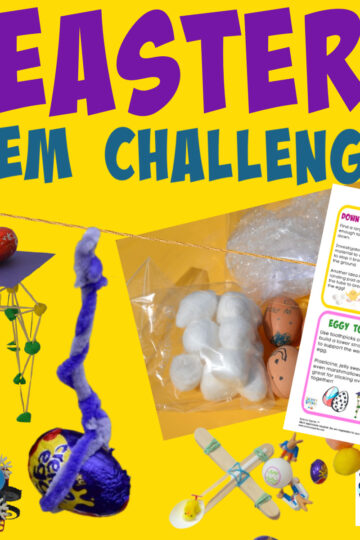
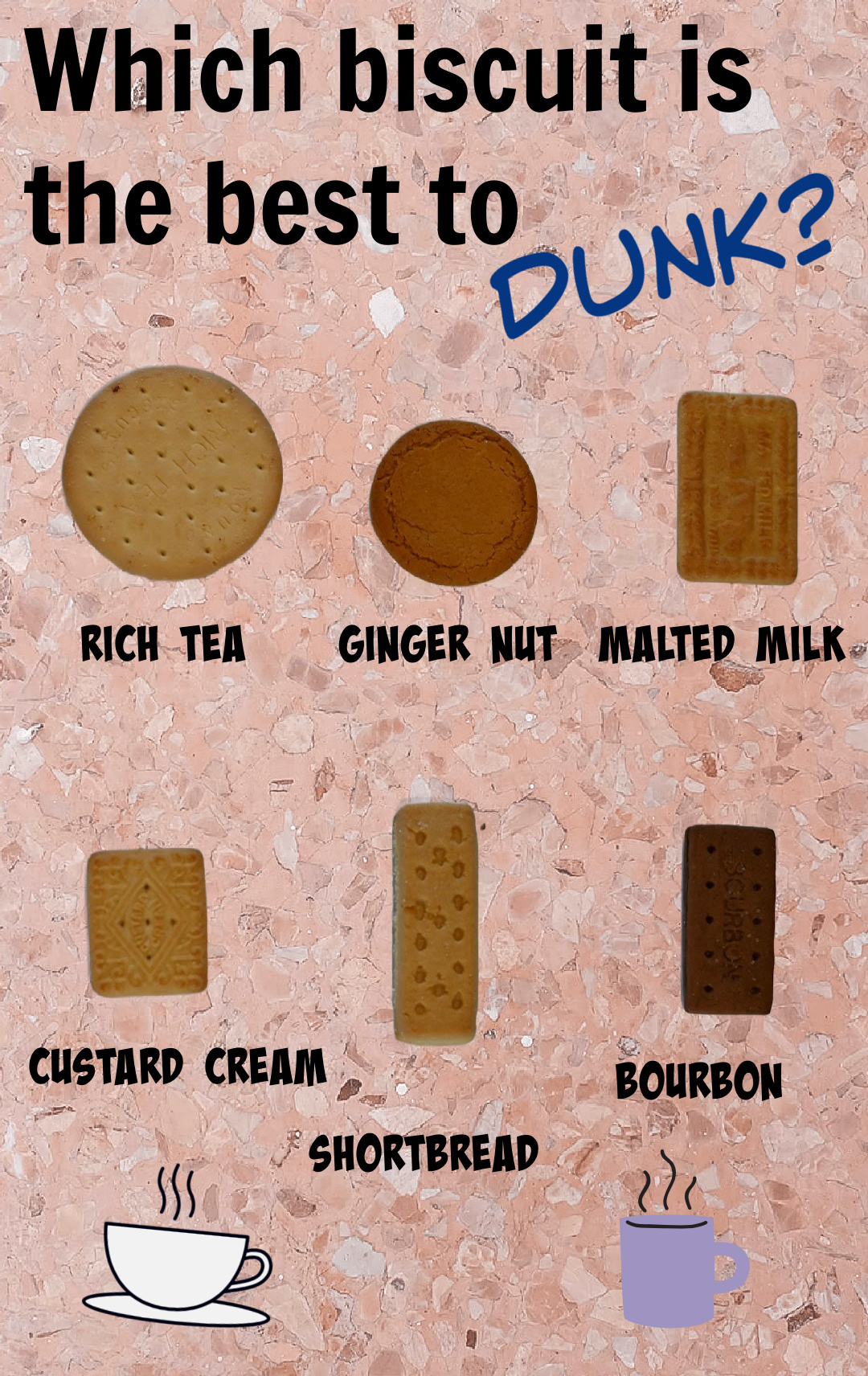
Mammozza says
It's very interesting. I have this idea in my mind but I haven't realize it yet. Every sunday we do a scientific experimet and maybe one of the next sunday we will make it.
Greetings from Ital
Actually Mummy... says
Ah! Interesting - not doing this one though when there are more beautiful things i still haven't done - like the Christmas sugar crystals!
HELEN says
amazing! that's very clever...although I cant begin to imagine the smell!
x
sherri says
My kids would love this! Fantastic idea! Thanks!
Beth says
WOW!! How cool! You come up with the neatest ideas!!! Thanks for linking up to TGIF =-)
Beth
Victoria Labelle says
Ya, this is cool. But not THAT sticky.
Cerys @ Rainy Day Mum says
Very cool I think I need to store these ideas up for when I go back to teaching
Thank you for linking up to Tuesday Tots
Nien says
Sweet! This is awesome.
dawn says
This is awesome. Going to do this tomorrow. Then I'll take it a next step. My daughter wants to know if add in borax would have the same effect on this glue as store glue.
tabluei says
this is the best experiment ever.
im doing this experiment for my science project
wish me luck..:)
Carmela Mante says
Does this experiment work with evaporated milk?
Autumn Haynes says
This is a graet idea!!!!!!
Lauren says
AWESOME!!
nanoalabad says
how much will this glue still works before it dries
Jon Jones says
Very cool! This type of glue was used in the early days of wooden aircraft construction.
Pamela Bronson says
I believe this works best with skim milk.
Adrian Paul H.Tamayo says
WOW! Thanks Science Spark I can do this from my SIP(science investigatory project)
Boyd Ramsay says
I recall reading that the very earliest Bell Helicopters - the one with the clear bubble -
used casein to mold the bubble. This was because they could mold casein, but
did not yet have the technology to make the bubble out of acrylic resin.
They had a big incentive to develop the acrylic bubble. If left out in the rain, the
casein bubble tended to turn "milky".
Alice says
So very cool! A McIver minute
Martha says
Can you save this glue for a long time ?
Anita Manns says
LOVE ALL OF THESE RECIPES KEEP THEM COMING! ANITA L MANNS IN COMPTON
Lourdes says
Great Science activity . Thanks